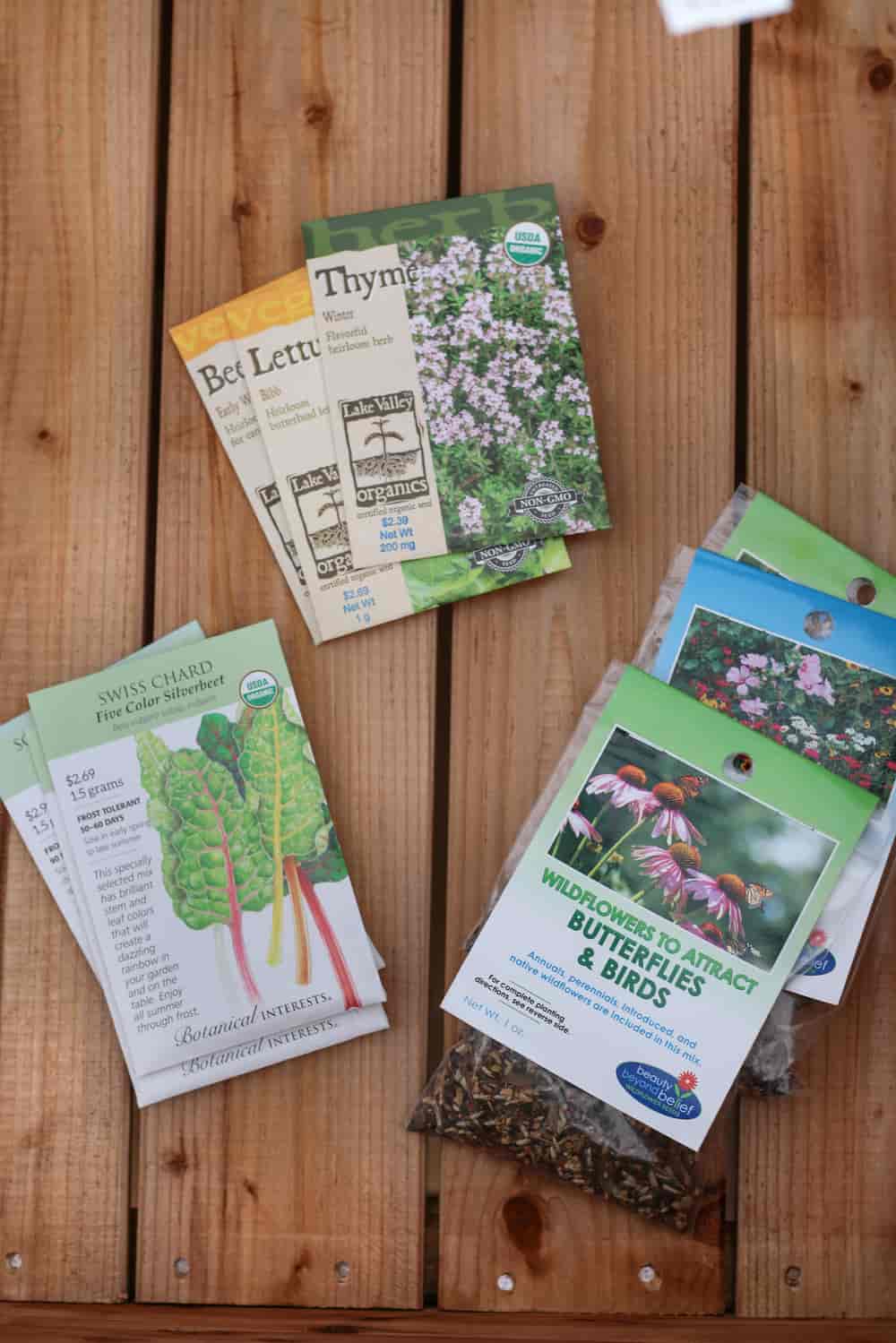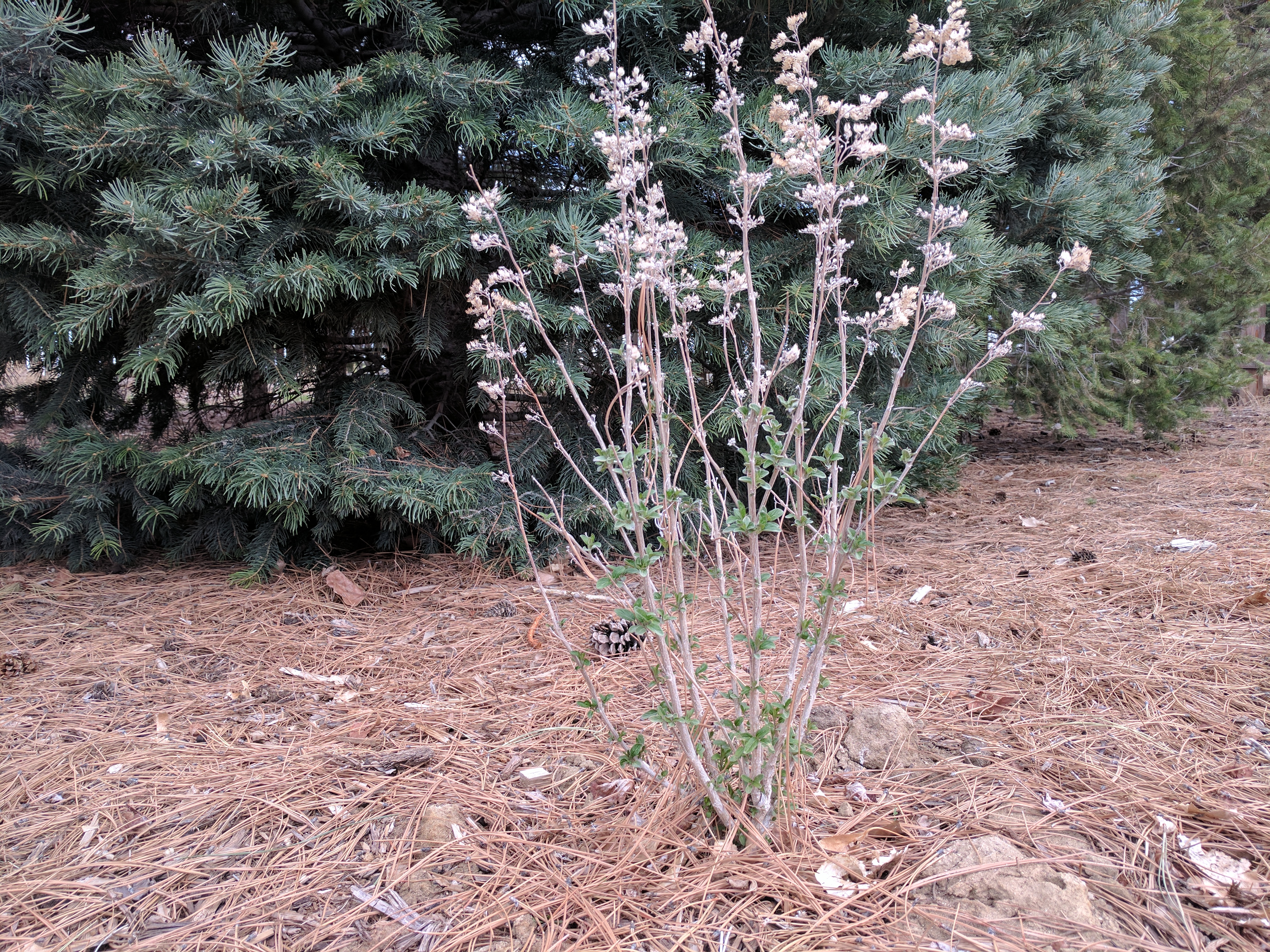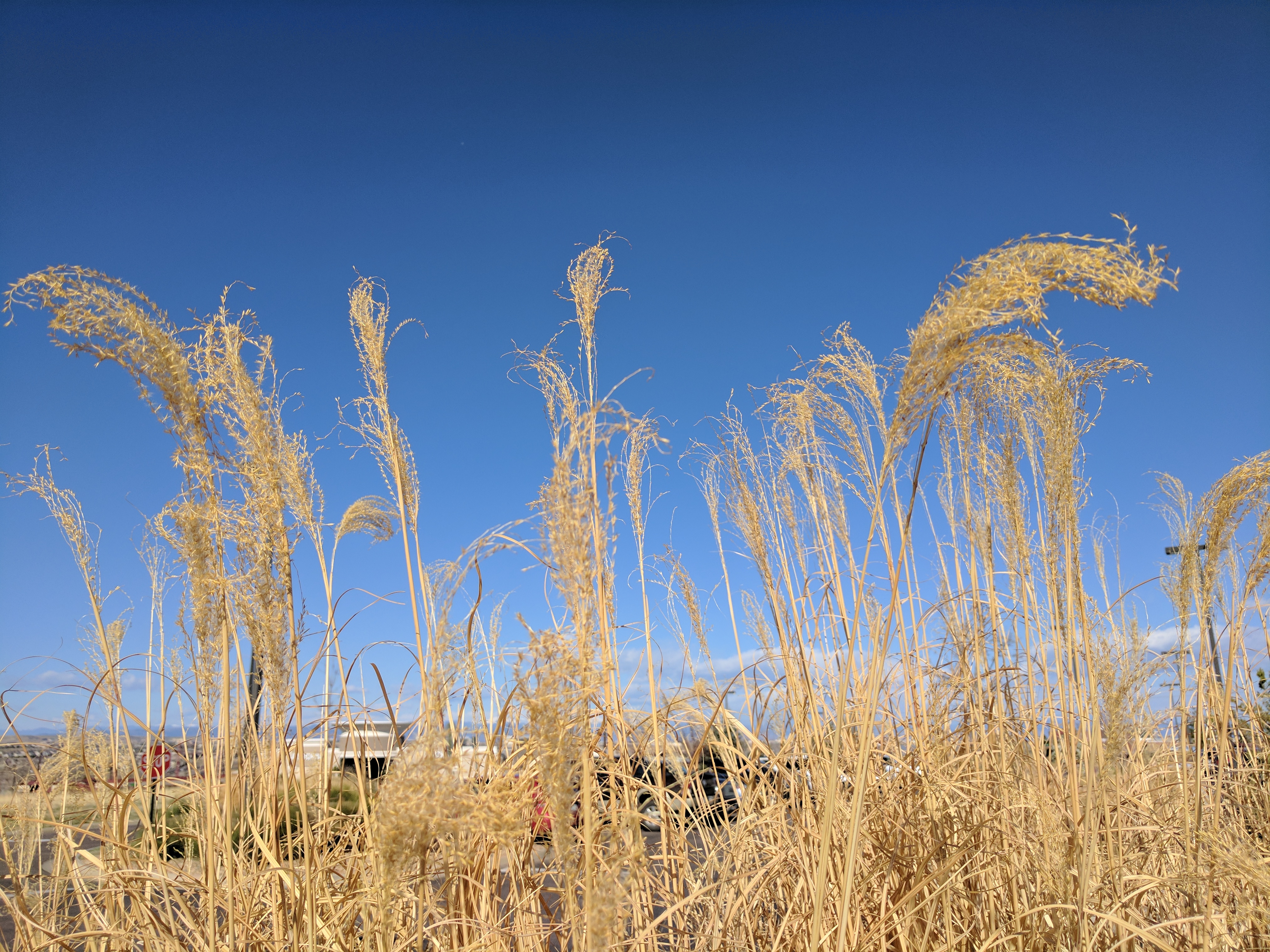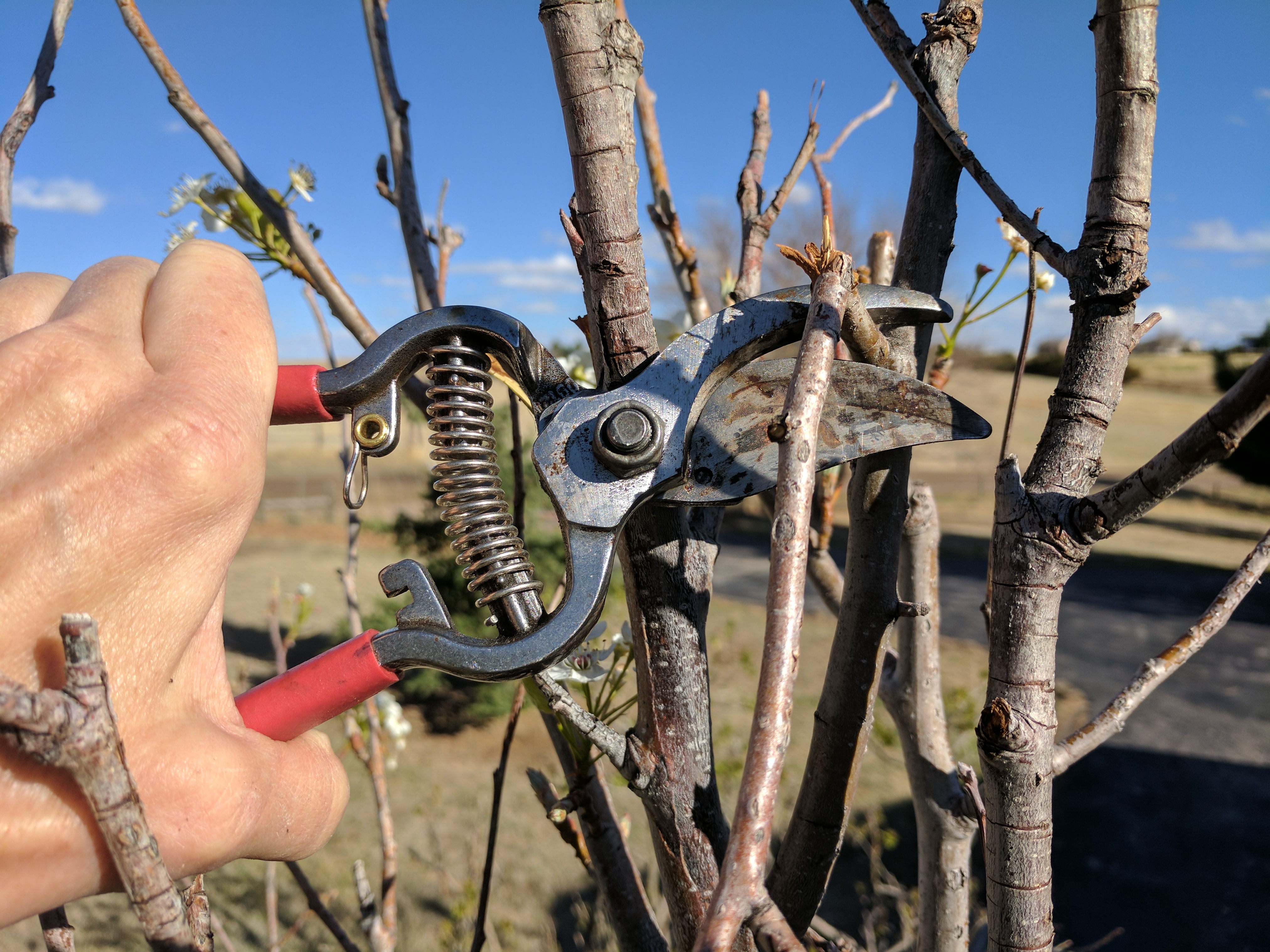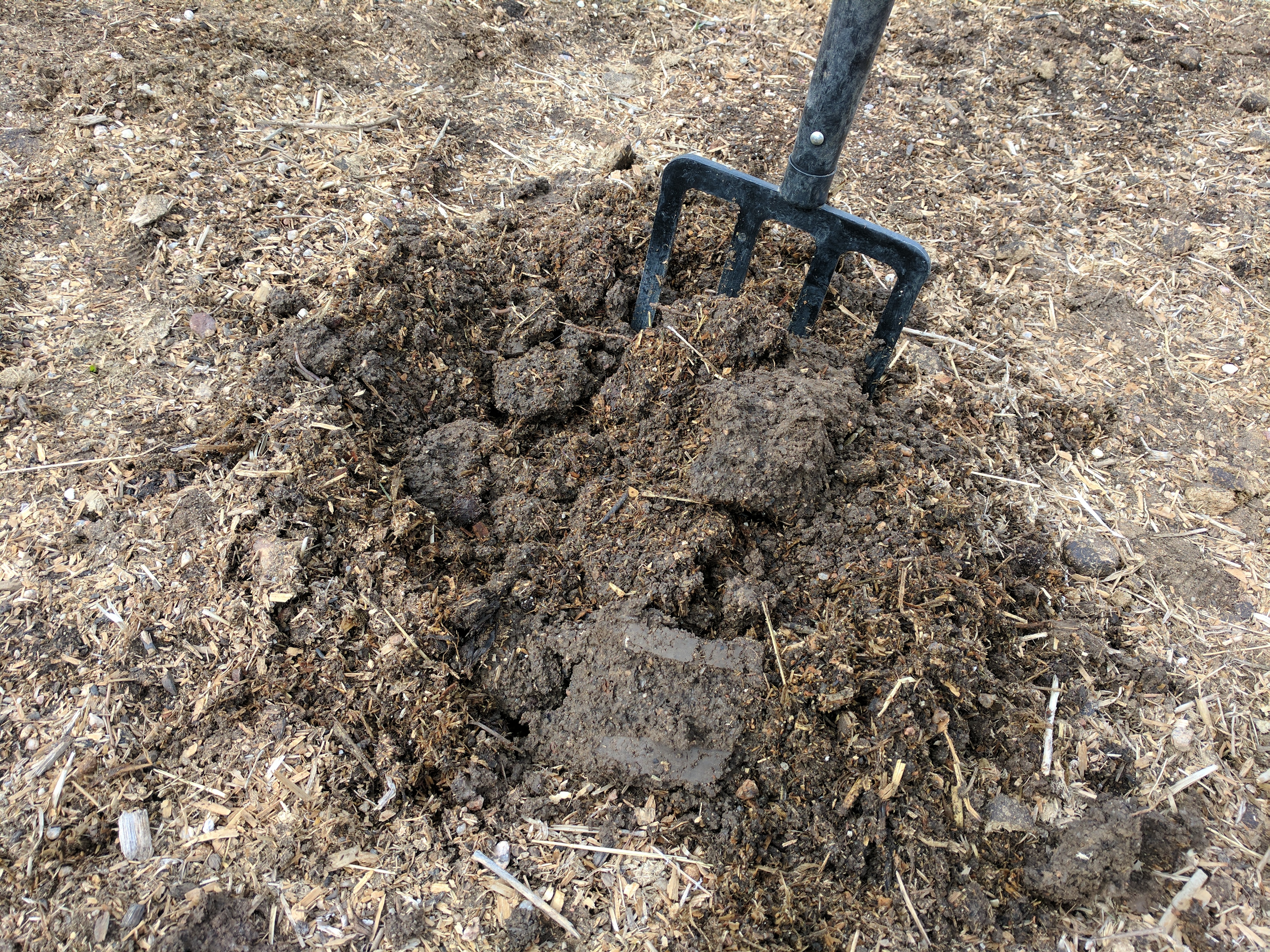I love daffodils! These old-fashioned in-your-face yellow flowers are my favorite. They make me smile every time I see them. But when it’s time to let them go, it’s time. So here’s a spring to-do list tip that will help bring them back better than ever next year. With daffodils and all spring-flowering bulbs, cut back the flowers at the base of their stems as the blossoms fade, but leave the leaves!
The leaves still have work to do. It’s their job to gather up all the sunshine they can to help create next year’s flowers. Sprinkle a bit of bulb food around them and water them properly as long as those leaves are green. When the leaves have done their job, they’ll die back on their own. That’s when you can remove them and tidy up the bed, but not before! They’ll reward you next spring.
What can you prune now?
This in the purr-fect time to cut back your flowering shrubs, unless they’re getting ready to flower now. Shrubs like lilacs and spirea… the early bloomers of the gardening season… set their flower buds last spring. You can’t see them, but they formed under the bark almost a year ago, just after last season’s flowers faded. If you prune a lilac now, you’ll be cutting off this year’s blossoms. These kinds of shrubs need to be pruned immediately after the flowers have shut down.
But shrubs like butterfly bush, Russian sage and other mid- to late- summer bloomers are ready to be cut back now. Their flowers haven’t formed yet. Cut them back to about eight inches tall. Russian Sage can actually be cut at ground level. If you have any questions about when and how to prune shrubs in your yard, bring a sample of the leaves to our Nursery Department. Pictures on your cell phone are always helpful, too.
And the grasses! The beautiful ornamental grasses!
It’s a pet peeve of mine: seeing the lovely ornamental grasses that look so beautiful in the winter cut down way too soon! Unless they’ve been broken or flattened by the snow, these graceful grasses should be left alone to add “winter interest.” It’s one of the reasons we plant them!
But now is the time to cut them back, before the new season’s growth gets too tall. If you want to pre-bundle the dried tops for easy clean up, gather the browned tops all together and tie off with string or jute before you prune the tops off. Then when you cut the tops off at just a couple inches above the ground, the tops will fall to the ground in a tidy bundle! A few warm days and the ornamental grasses will be up and green before we know it!
Keep those pruners handy!
While you’re cutting back summer-flowering shrubs and ornamental grasses, and generally tidying up your beds, keep an eye open for any broken branches. Brittle branches on young trees can come into the season needing some attention.
Remove the broken branch close to the larger branch it comes from, or to the tree trunk itself, without actually cutting into that larger wood. (Taking out this broken branch is just part of the pruning I need to do to thin out this little pear tree… That’s on my to-do list.)
Remember, this is no time for dull pruners! Cutting tools with sharp, clean blades are easier and safer for you, and better for your plants! This is a great time to get your tools sharpened before the season begins in earnest.
And for a healthy lawn…
…it’s definitely time to aerate. I think a deep core aeration is one of the nicest things we can do for our lawns. I aerate my grass twice a year, in the cool of mid-to late spring and again in early fall. It’s also a great time to put down some fertilizer or top dressing right after the aeration is finished.
Make sure your lawn is well-watered before you aerate. That’s critical in getting the plugs of soil to come out long and clean.
Some people rake up the plugs and put them on a compost pile or another out-of-the-way place. I leave mine on the lawn. They’ll break down after a month or so of watering and return nutrients to the soil as they do.
Check with Tagawa’s Garden Advisors at Dick’s Corner for great recommendations on fertilizers and other lawn-care tips.
And now for something not to do…
On nice spring days, it’s easy to get overly-anxious and grab a shovel or tiller and head out into the garden. But stop and think first! And check your soil!
If your garden beds are still wet from any spring moisture, do not dig! Do not till! Do not pass “go!”
It is so easy to compress our already-heavy Colorado soil by working it while it’s still wet. When we do that, we push out all the air and create big clods that dry like adobe bricks. Getting that soil loose and fluffy again, the way roots like it, can take years.
If a scoop of soil compressed gently in your fist doesn’t break apart easily, it’s too wet to work. Wait until Mother Nature has dried it out and made it ready for another gardening season.
